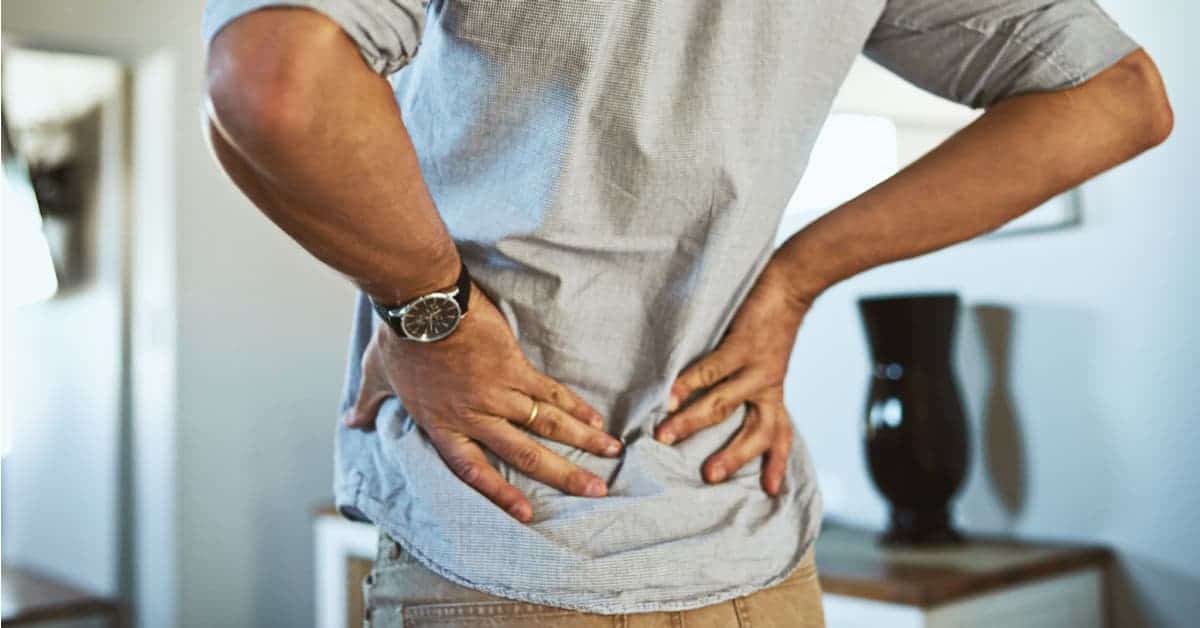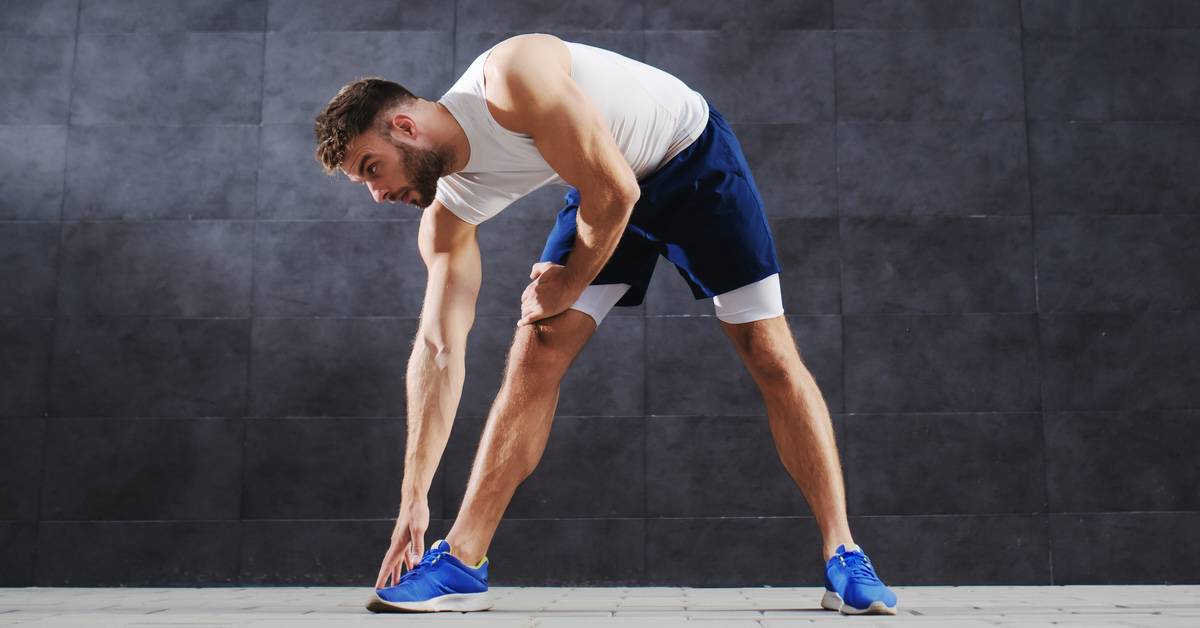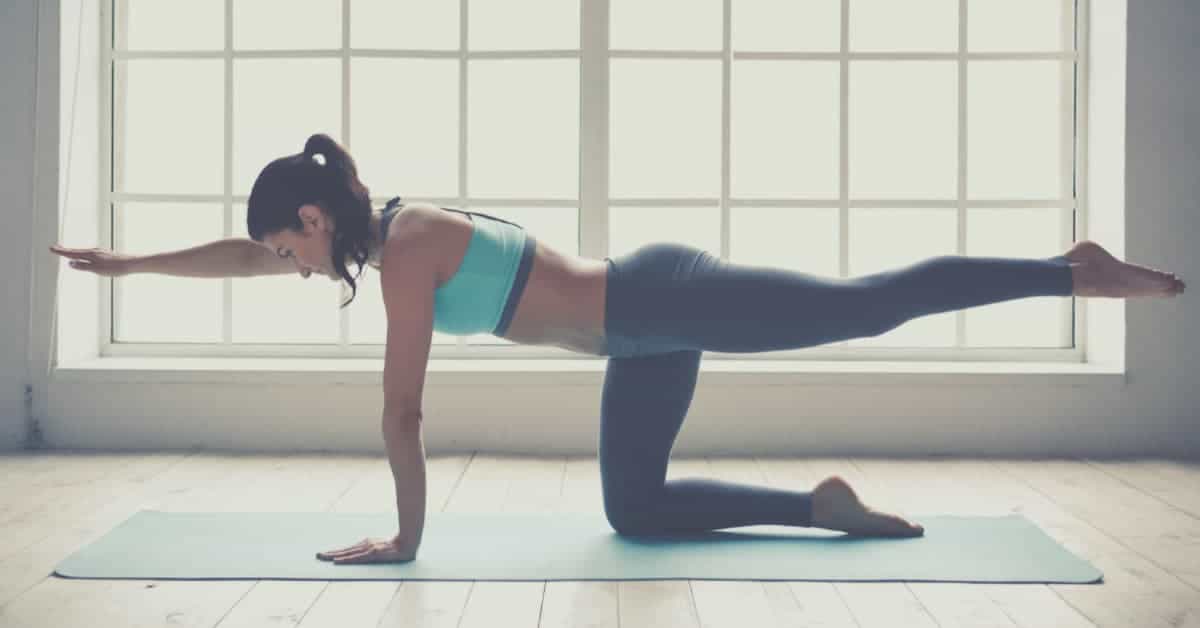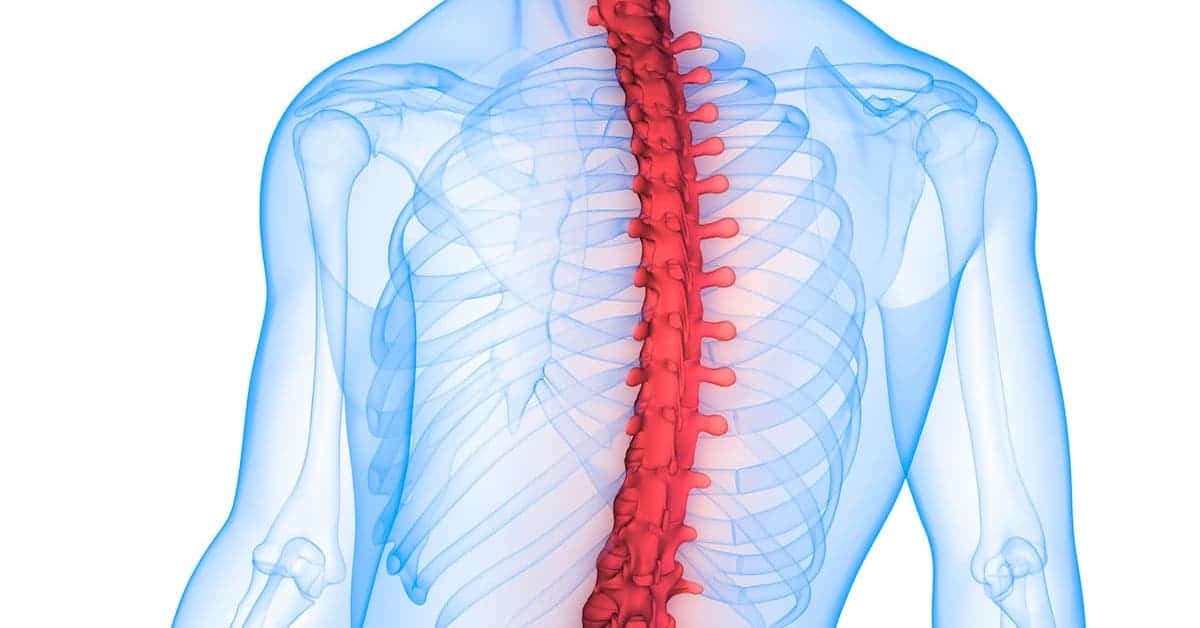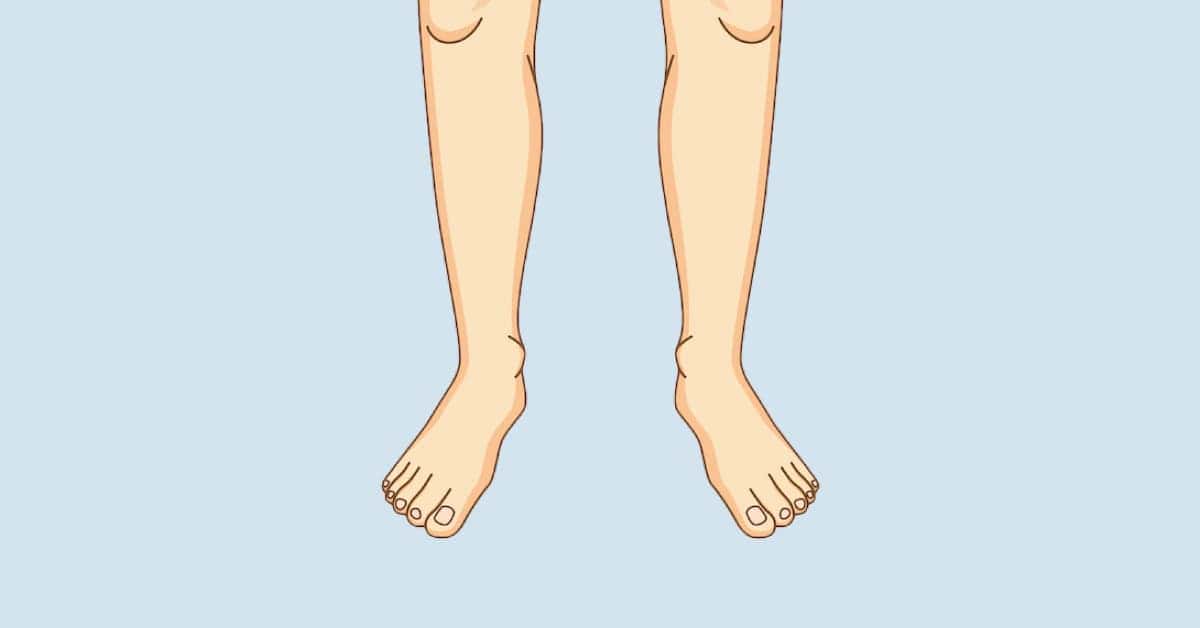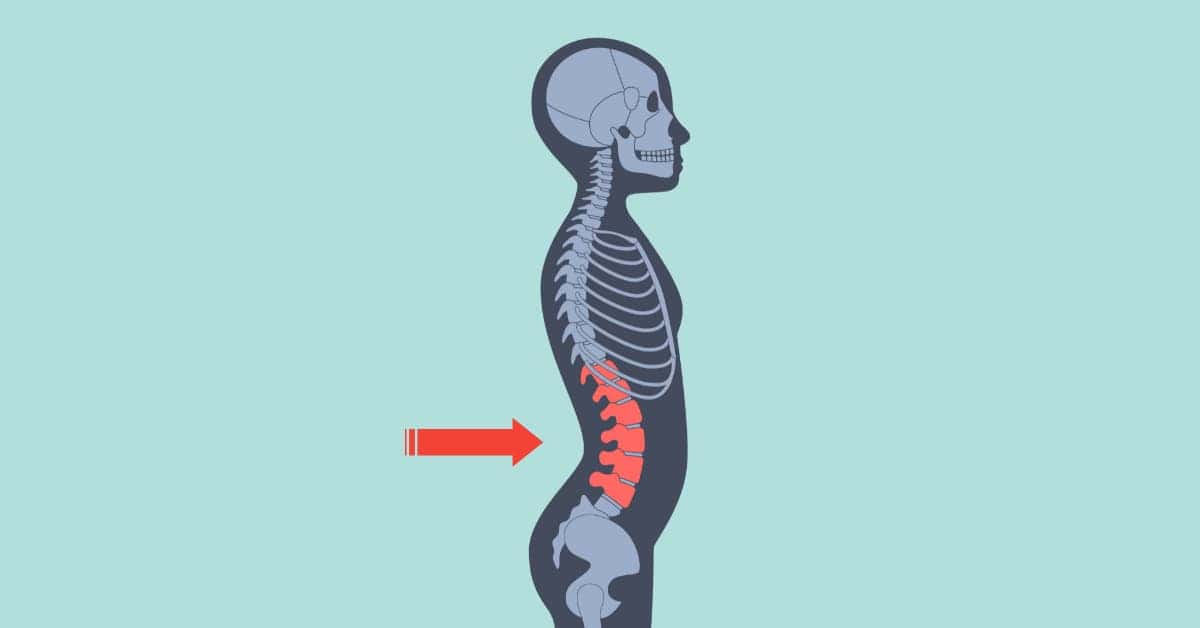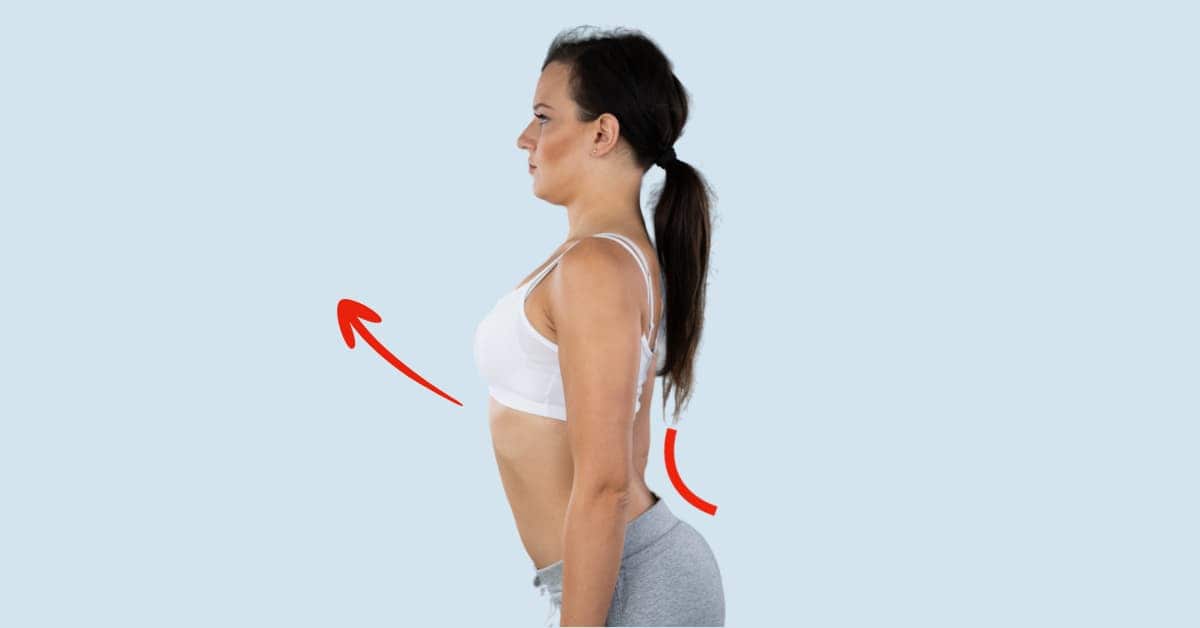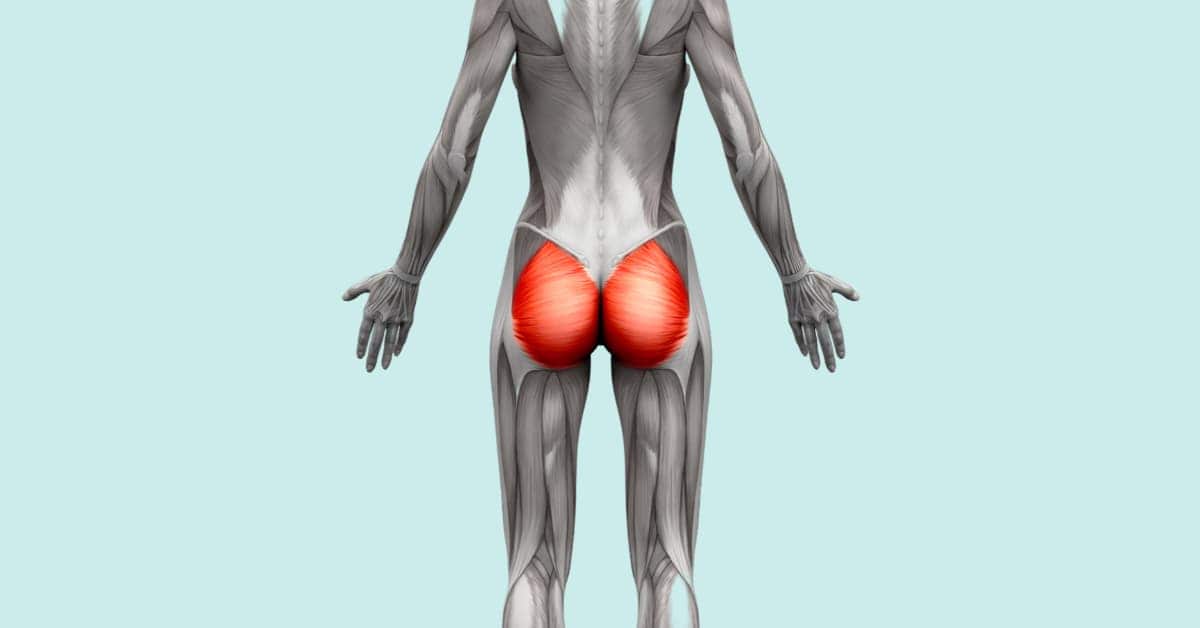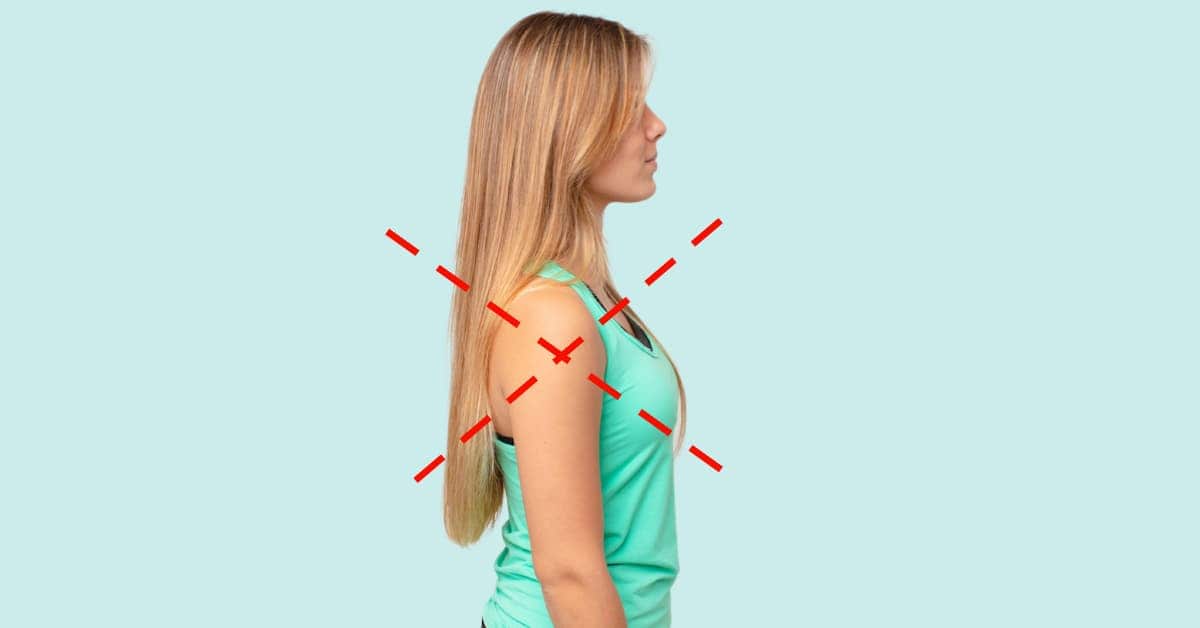Lower back pain is an increasingly common complaint among individuals across age groups, particularly those with sedentary lifestyles or desk jobs.
The nature of our modern lives has us sitting for extended periods, which can contribute significantly to the onset and persistence of this discomfort. However, there are straightforward, at-home exercises and stretches that you can do to alleviate this pain.
I. Understanding Lower Back Pain
Lower back pain is typically a result of our lifestyle habits. Sitting for long durations, poor posture, and lack of physical activity often contribute to back and hip stiffness. This stiffness leads to overcompensation by the lower back, resulting in pain and discomfort.
Other causes of lower back pain may be related to more serious health conditions, such as herniated discs, arthritis, osteoporosis, ruptured disks, and muscle and ligament strain [1]. However, these are less common and would require a medical professional’s diagnosis.
II. The Joint-by-Joint Theory
Before diving into the exercises and stretches, let’s understand their logic. This is based on the joint-by-joint theory. This simple but crucial theory suggests that our body has a pattern of alternating stable and mobile joints. For instance, the knee (stable) is positioned between the ankle and hip (both mobile).
Our lower back, or the lumbar spine, is a stable joint sandwiched between two mobile joints – the thoracic spine (upper back) and the hip joint. In an ideal scenario, each joint would carry out its role flawlessly. But mobile joints, like the hips and upper back, can often become stiff due to our lifestyle habits, losing mobility.
When this happens, the lower back compensates by becoming more mobile, leading to discomfort, pain, or even injury, as it’s doing work it isn’t designed for.
The exercises and stretches we recommend aim to regain the natural mobility in your hips and upper back, improve the stability of your lower back, and alleviate the extra strain on your lower back, helping manage the pain.
III. Stretches for Immediate Lower Back Pain Relief
Should lower back pain strike, you can do a handful of stretches right in the comfort of your home. These stretches aim to relieve tight muscles and improve your flexibility, which can help soothe the discomfort.
Remember, if you’re dealing with severe or chronic back pain, it’s best to consult with a healthcare provider before starting any new exercise routine.
Child’s pose
- Begin by kneeling on the floor. Touch your big toes together and sit on your heels.
- Separate your knees about as wide as your hips.
- Exhale and lay your torso down between your thighs.
- Stretch your hands forward to lengthen the spine.
Cat-camel stretch
- Start on all fours with your hands directly under your shoulders and knees under your hips.
- As you exhale, round your spine towards the ceiling, keeping your knees and elbows straight.
- As you inhale, arch your back, let your belly drop towards the floor and lift your head to look straight ahead.
Kneeling hip flexor stretch
- Start by kneeling on the floor. Step one foot out in front so you are in a lunge position.
- Keep your torso upright and your hands on your hips.
- Push your hips forward until you feel a stretch in the hip flexors of the back leg.
- Hold this stretch for at least 30 seconds then switch sides.
Knee to chest stretch
- Lay flat on your back with your legs extended in front of you.
- Bend one knee and hug it into your chest.
- Hold the back of your thigh or your knee as you pull it closer to your chest.
- Breathe deeply and hold for 30 seconds before switching to the other side.
Piriformis stretch
- Lay on your back and bend both knees.
- Cross one ankle over the opposite knee.
- Reach your hands around the uncrossed leg, pulling it towards your chest until you feel a stretch in your buttocks.
- Hold for 30 seconds, then repeat on the other side.
IV. Incorporating Mobility and Stability Exercises for Lower Back Pain Relief
To maintain a healthy, pain-free lower back in the long run, we need to focus not just on the lower back but also on the joints above and below it. Here, we will look at mobility exercises that aim to increase the mobility of your hips and upper back while strengthening your core.
Hip internal rotation mobility
Hip mobility, especially internal rotation, plays a crucial role in maintaining a healthy back. Internal rotation of the hip is often limited in people who sit for extended periods.
By incorporating exercises targeting hip internal rotation, we can address this imbalance, improve overall hip mobility, and alleviate some of the strain on the lower back.
To do this hip mobility exercise:
- Lie on your back with your knees bent at about 90 degrees.
- Let one knee drop inwards to increase the internal rotation in the hip.
- Add gentle pressure using the other leg for added stretch.
Hip internal rotation exercise
- Lie on one side, with your bottom knees bent and a pillow or foam roller between your knees.
- Keep the pillow or foam roller steady as you slowly rotate the top hip to lift the foot towards the ceiling.
- Lower the foot back down and repeat for 10-15 repetitions, then switch sides.
Thoracic spine mobility
This exercise focuses on increasing mobility in your thoracic spine (upper back). Improved mobility in the upper back can help alleviate stress on the lower back by ensuring the movement is more evenly distributed throughout the spine.
- Position a foam roller underneath your upper back.
- Lift your hips off the floor, placing your hands behind your head to support your neck.
- Roll up and down your upper back.
- Pause at any tight spots and add a gentle backbend to further promote mobility in your upper back.
- Continue this for 1-2 minutes.
Dead bug
The dead bug is a core stability exercise designed to strengthen the muscles that support your spine.
- This is a stability exercise for the core and lumbar spine.
- Lay on your back, engage your core to keep the lower back pressed against the floor, and move your arms and legs alternately, maintaining the core engagement throughout.
- Repeat this motion for 10-15 repetitions.
Bird dog
The bird dog is another excellent core stability exercise that strengthens your abdominals and back muscles. Strengthening these muscles improves the overall support structure for your spine, leading to less strain on the lower back.
- Begin in a tabletop position on your hands and knees. Ensure your knees are under your hips, and your wrists are under your shoulders.
- Keeping your core engaged and spine neutral, extend your right arm forward and your left leg back until they are in line with your body.
- Hold this position for a few seconds, then slowly return to the starting position.
- Repeat the exercise with your left arm and right leg. This completes one rep.
- Aim for 10-15 repetitions in total.
V. Tips for Further Prevention of Lower Back Pain
To go a step further in managing lower back pain, here are some tips you can incorporate into your daily routine:
- Monitor your sitting posture: Ensure your desk setup encourages good posture. For example, your computer screen should be at eye level, your feet should rest flat on the floor, and your chair should support your back. These small changes can help reduce strain on your lower back over time.
- Regular breaks from sitting: Long periods of sitting can lead to stiffness and discomfort in the lower back. So, try to stand, stretch, or walk briefly every hour. This can help to keep your muscles flexible and your joints mobile.
- Practice self-massage: Tools like a foam roller or a massage ball can be used to perform self-massage. This can help to relieve muscle tension, improve flexibility, and reduce discomfort in your lower back.
- Proper form when lifting: When lifting heavy objects, remember to hinge at your hips and not your lower back. This helps to protect your lower back from unnecessary strain and potential injury.
- Incorporate strength training and stretching: Regular exercise can improve your posture by strengthening the muscles that support your spine.
- Maintain a healthy weight: Excess weight can put additional pressure on your lower back, causing pain. Maintain a healthy weight through a balanced diet and regular exercise.
- Get enough sleep: Poor or insufficient sleep can exacerbate pain. Ensure you’re getting enough sleep and that your mattress and pillows provide good support.
- Avoid high heels: Wearing high heels can stress your lower back more. Opt for shoes with good arch support most of the time.
- Quit smoking: Smoking can lead to degeneration of spinal discs and cause chronic pain.
- Consider using a TENS unit: A TENS unit uses a low-voltage electrical current to help relieve pain. It’s a non-invasive way to manage lower back pain and could benefit some people.
Parting Words
Living with lower back pain can be challenging, but with some simple exercises, stretches, and lifestyle adjustments, it’s possible to manage and even alleviate this discomfort. Remember to listen to your body, whether incorporating these exercises into your daily routine or using the stretches for immediate relief. If any movement causes sharp or severe pain, stop immediately.
These strategies are designed to help with general lower back discomfort often caused by a sedentary lifestyle, but they are not a substitute for professional medical advice. Please consult a healthcare professional if you have severe or persistent lower back pain.
